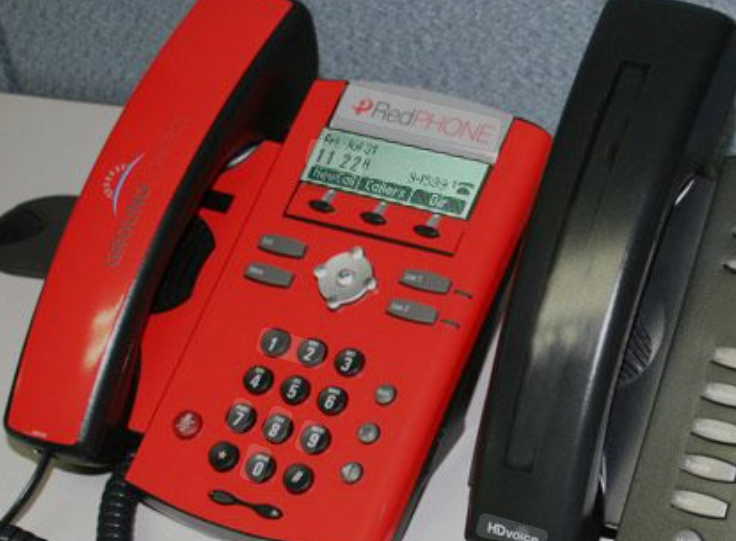Physical Address
304 North Cardinal St.
Dorchester Center, MA 02124
Physical Address
304 North Cardinal St.
Dorchester Center, MA 02124

Have you ever glanced at your phone, spotted a red phone signal, and instantly felt a wave of concern? For many people, that small icon sparks frustration, confusion, or even panic. After all, in a world where being connected is everything, even a brief interruption can feel overwhelming.
Whether you’re trying to make an important call, navigate with GPS, or check messages from loved ones, the red phone signal feels like a wall between you and the world. But what does it really mean, and how can you fix it?
In 2025, understanding this warning has never been more important. Let’s explore the 6 key facts about the red phone signal—why it happens, what it tells you, and the best ways to stay connected.
At its simplest, the red phone signal icon indicates weak, interrupted, or nonexistent connectivity. It’s your device’s way of signaling a communication breakdown.
Common scenarios include:
Think of it like your phone raising a red flag. It’s not always permanent, but it’s definitely something you shouldn’t ignore.
There are three main categories of causes: network issues, device problems, and user triggers.
Here are six things every smartphone user needs to understand about the red phone signal in 2025:
When that dreaded red icon pops up, here’s how you can respond:
If none of these steps solve the issue, the problem may lie in your hardware. Visiting your carrier’s service center or an authorized repair shop is the best next move.
Travelers are some of the most frequent victims of the red phone signal. In 2025, despite global advancements, roaming isn’t always seamless.
Consider using an eSIM for international travel. It allows you to activate a local plan instantly, reducing the risk of red phone signal interruptions.
Why does a little red icon cause such big emotions? The answer lies in human psychology.
This is why manufacturers use red—it creates instant awareness that demands attention.
While you can’t always avoid it, there are steps to reduce the chances of seeing the red signal:
Small habits like these can save you from big headaches.
Behind every red phone signal is a human story. A traveler stranded at an airport. A professional missing an urgent meeting. A parent waiting anxiously for an update from their child.
The signal isn’t just about technology failing—it’s about moments of lost connection that matter deeply in our lives. That’s why learning how to understand and fix the red phone signal is more than technical knowledge—it’s a way of protecting your peace of mind.
The red phone signal is your phone’s way of warning you about connectivity problems. Sometimes it’s a simple glitch, sometimes it’s network trouble, and occasionally it’s hardware failure.
In 2025, when being connected means staying safe, productive, and close to the people you love, understanding the red phone signal ensures you won’t stay disconnected for long.